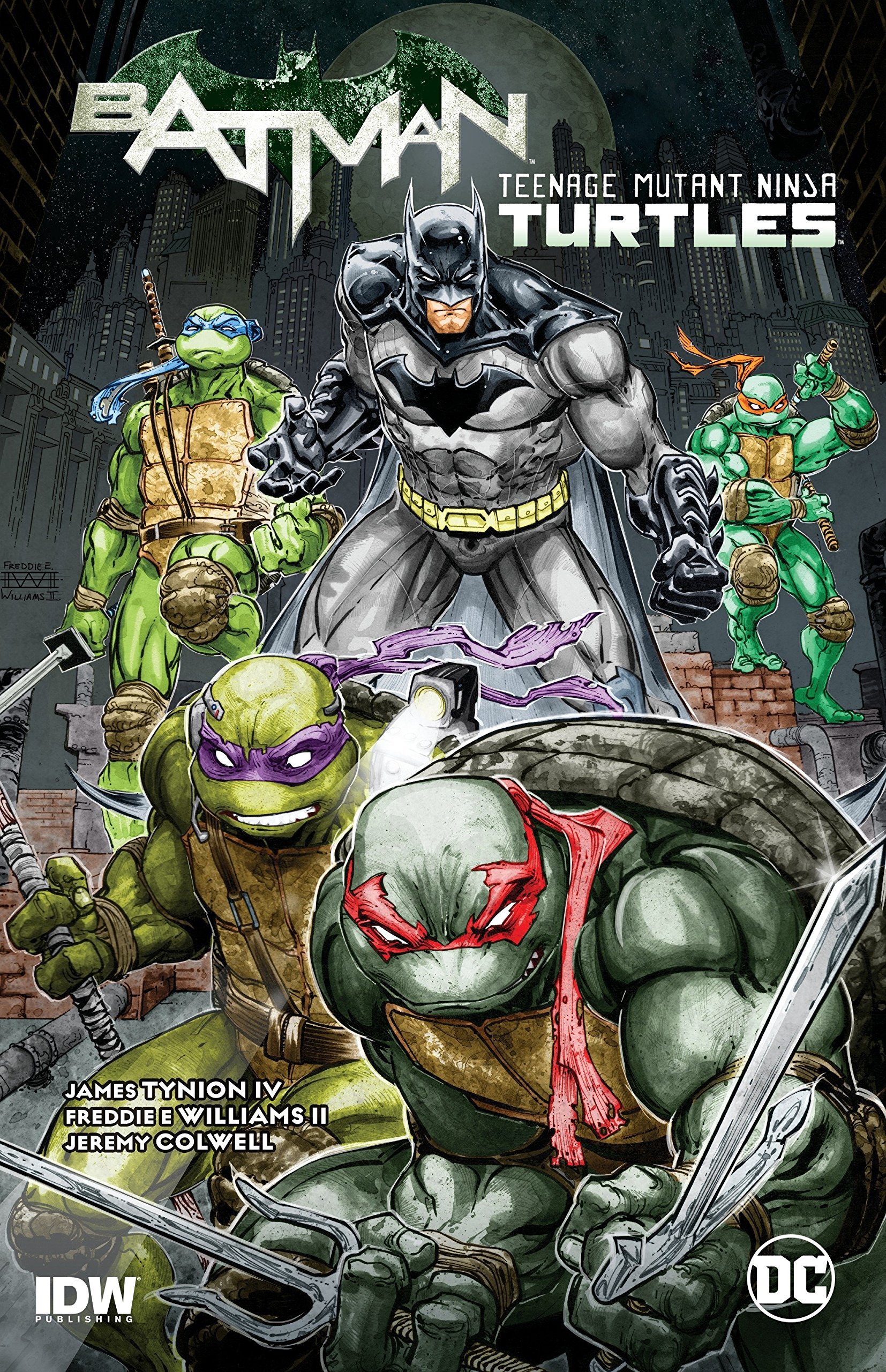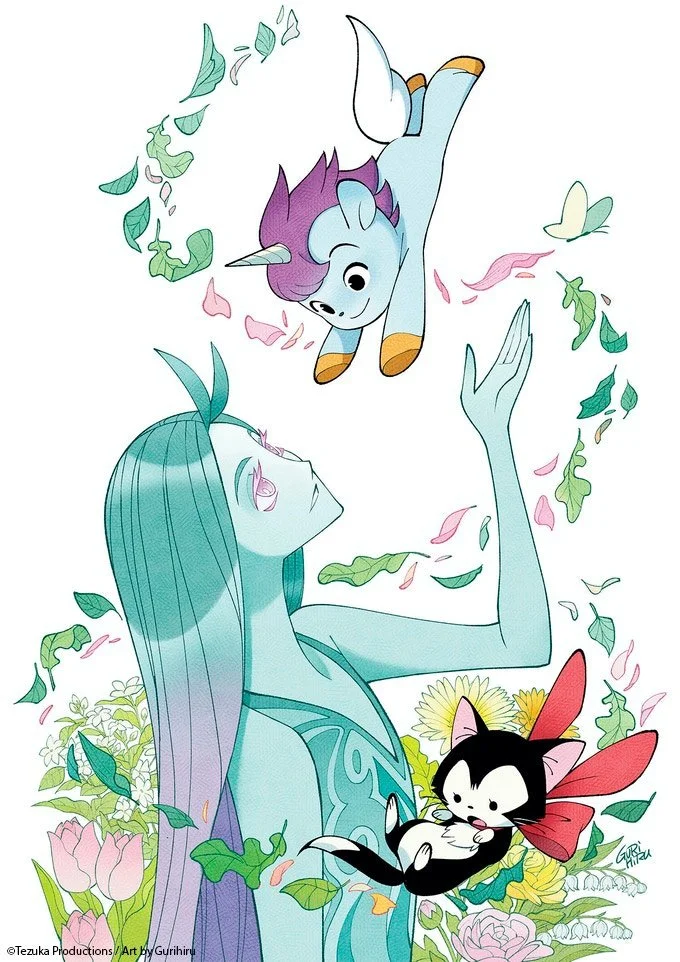Man Without Fear...By The Year: Daredevil Comics in 2000
By Bruno Savill De Jong — It’s 2000. The office of London Mayor is created, Big Brother and Survivor usher in a new era of reality TV, and George W. Bush comes the President in one of the closest U.S. elections. People are listening to “Stan,” watching Gladiator and reading Daredevil.
Written by David Mack (9-11, 13-15), Joe Quesada (12), Jimmy Palmiotti (12)
Illustrated by Joe Quesada (9-11, 13-14), Rob Haynes (12), David Ross (14-15)
Inks by Jimmy Palmiotti (9-11), Rob Haynes (12), Mark Morales (13-15)
Colors by Richard Isanove (9-11, 13-15), David Self (12)
Lettered by Liz Agraphiotis (9), Richard Starkings (9-15)
Last year, Guardian Devil suggested that Daredevil’s troubled love-life stems from his mother’ childhood abandonment. That he has, Oedipal-like, imperfectly attempted to replicate this lost affection with a string of painful partners, much as his boxing father’s premature death resulted in him becoming a night-time fighter. One recalls Matt Murdock’s toxic marriage proposal to Heather Glenn in “Child’s Play” (Daredevil #183), made whilst grieving the death of Elektra; “There’s a hole in me. A great, black hole that you could fill.”
It's this overcompensation, the need for Matt to “fill” his losses (like how his remaining super-senses “make up” for his blindness) that Parts of a Hole – the storyline that overtakes the year 2000 – hones in on. It repeatedly reminds us of Jack Murdock’s death and has Matt literally dress up in his boxing robes, filling in his father’s shoes to work through his issues. On top of this, Matt is coping with Karen Page’s recent death in Guardian Devil, making sense of a world without her beacon in it. As Parts of a Hole repeatedly emphasizes, Daredevil’s existence is darkness, his life a constant uphill battle to fill in the void.
The Kingpin understands this. Wilson Fisk tried dismantling his enemy in Born Again, but has since learnt that taking things away from Daredevil only makes him stronger. So now he schemes “that to destroy a man like that you must fill the void with what he is searching for.” So, his latest cruel plan is to give Matt Murdock a sliver of hope, before ruining it for Daredevil. He asks his protégé Echo to meet Matt, before telling her how Daredevil killed her father.
Echo (or Maya Lopez) is an original creation in Parts of a Hole, who recently made her MCU debut in Hawkeye played by Alaqua Cox. But here she is a clear parallel to Daredevil, as while Matt Murdock is blind (yet hyper-competent) Maya Lopez is deaf (yet has photographic eyesight). The first issue of Parts of a Hole parallels Matt and Maya both playing piano, with Matt unable to read the sheet music (but feeling the musical notes) and Maya unable to hear it (but loving the complex movements of playing and resulting vibrations). Each approaches the piano from opposing angles, but feel a special connection to it, forming “parts of a whole” from their parallel experiences which only blossom when they first meet and go on an extended date.
This interweaving dance between Echo and Daredevil is showcased through Parts of a Hole in minor and major ways. Alongside being a musician and interpretive dancer, Maya is also a boxer, much like Jack Murdock. She swears revenge on Daredevil for thinking he killed her own father, while the death of Daredevil’s father was a major motivator in his origin. Maya was partially raised by the Kingpin (who, surprise surprise, is the real killer of her father) and sees only his charitable, entrepreneurial side, whilst Daredevil is privy to his evil and ruthless half.
Duality comes into even greater focus in the side-plot kickstarted by an ex-employee trying to testify against the Kingpin with the recently refurbished Nelson & Murdock. This plot, perhaps ludicrously, involves the employee (Larry) being assassinated by the twin Murphy Brothers who exclusively spout random aphorisms. But it’s then revealed the two mistakenly killed Larry’s own twin brother, Lenny, at the law offices, and the ensuing court case against the Kingpin paints the Murphys’ as crazy “Twin Killer'' to exonerate him. As complicated as the trial becomes, it does give an excuse to parallel the public perception of Wilson Fisk as a rags-to-riches businessman against the dark and dangerous Kingpin that Daredevil knows him to be.
Indeed, Parts of a Hole give us the most backstory of the Kingpin we’ve seen so far. Expanding on snippets seen in Chichester’s 300th Daredevil issue – another story that saw a public trial of the Kingpin – we get flashbacks narrated by Fisk showing his impoverished and abusive household. The young Fisk turned ruthless against his childhood bullies to gain respect, and increasingly coveted money above all else to drag himself out of economic hardship.
All the main characters here – Echo, Daredevil and the Kingpin – are shown lacking in childhood, and compensating for such deficiencies and emotional wounds. Be it through building a criminal empire, becoming a costumed crime-fighter, or copying the surrounding visual stimuli to becoming a world-class virtuoso. Grief is a deep dark void, a hole the characters try to fill up – and one Matt and Maya, in their burgeoning romance, find some temporary reprieve from. But even after Daredevil clears up their misunderstanding, Maya is compelled to take revenge against Kingpin, leaving him blinded, his scarring and emotional wounds reverberating back on him. And then she leaves Matt behind, her time with him a beautiful but fleeting memory, an echo of what could have been.
During Matt and Maya’s day-long date, they stop in to see Mallrats. Kevin Smith may have been the “celebrity” to draw people in for Marvel Knights (with longstanding rumors he’d return as an ongoing writer) but David Mack is who first filled-in on this relaunch of Daredevil. Mack is maybe better known as an artist, with his gorgeous watercolors defining the look of this Daredevil’s covers even after he was off the book. But at the time Mack was committed to writing and drawing his series Kabuki at Image Comics, and was unable to also do the art for Daredevil. Yet he was able to fit in doing the writing, and reading Parts of a Hole shows that he was clearly involved with the interior artwork too.
Joe Quesada has expressed frustration with Kevin Smith, a screenwriter unused to storyboarding comic pages, so having a visual writer-artist like David Mack must have been useful. So, despite Parts of a Hole retaining Quesada’s cursive, cartoonish style, there are far more deliberate layouts in this storyline, such as Daredevil’s concussed state being represented through gradually forming puzzle-pieces or Maya reflecting on her childhood playground through half-rendered flashbacks. A recurring visual expression is the artwork being peppered with childlike drawings that reflect the thoughts of its characters, which is especially important for Maya who ‘thinks’ in more ‘visual’ ways. Although less psychedelic, it's reminiscent of the experimental expressionism which Bill Sienkiewicz brought to Elektra Assassin.
David Mack is also a more ‘poetic’ writer than Kevin Smith. He enjoys teasing out the thematic parallels between characters, emphasizing keywords (like “echo” or “vision”) before circling back to them. Sometimes this means the story moves in odd, dream-like, ways, like the odd speaking-patterns of the Murphy killers or the speech impediment of Larry/Lenny. Or the contracted manner in which Kingpin is apparently killed by Larry, before returning from the dead without comment. It’s less important to Mack to explain how/why Echo meets Kingpin at a boxing ring (or really any concrete details of their relationship) that the symbolism and “poetic justice” of Fisk being blinded at Jack Murdock’s old workplace. Some may find this storytelling type overly flowery, but examining the thematic underpinnings between superheroes is one I (obviously) enjoy.
Even with Mack “only” handling the writing, Parts of a Hole had trouble coming out on time. Unlike the notoriously late Kevin Smith, Mack maintains he kept all his deadlines and felt frustrated by the delayed release, although he professionally maintains “it is not my place to speak about the reasons for it.” This is likely why “Gun Play” (Daredevil #12) acts as an “interlude” to Parts of a Hole, reflecting on random Hell’s Kitchen residents as the duo fight around them. It was written by Joe and Jimmy themselves, as Rob Haynes took over artistic duties, ending the issue in the same position the previous one had left it.
But Parts of a Hole, despite its tight and rhythmic structure, is a transitory arc. It helps Matt “get over” the death of Karen Page, dimly recognizing his habit for endlessly replacing one woman with another. It brings the Kingpin into another setback. It establishes the reputation of the new Nelson & Murdock. If Guardian Devil was the explosive “relaunch,” Parts of a Hole is how Daredevil needs to keep running afterwards.
Plus, the first year of the 21st century saw Joe Quesada (as well as Jimmy Palmiotti) step away from artistic duties on Daredevil, and ascend to become Editor-in-Chief at Marvel due to the success of Marvel Knights. And after having dipped his toes into Daredevil as its writer, David Mack would return next year as the artist. This subsequent arc, “Wake Up”, involves an experimental storytelling approach with David Mack’s friend and collaborator, who would become the next defining names on Daredevil and inside Marvel generally; Brian Michael Bendis.
Read classic Daredevil Comics!
Check out past installments from The Man Without Fear…By The Year!
Check out Bruno Savill De Jong’s last regular series, Gotham Central Case by Case!
Bruno Savill De Jong is a recent undergraduate of English and freelance writer on films and comics, living in London. His infrequent comics-blog is Panels are Windows and semi-frequent Twitter is BrunoSavillDeJo.












